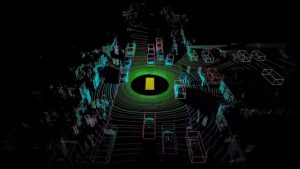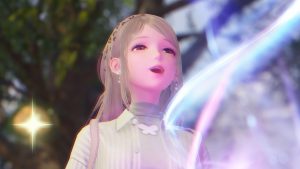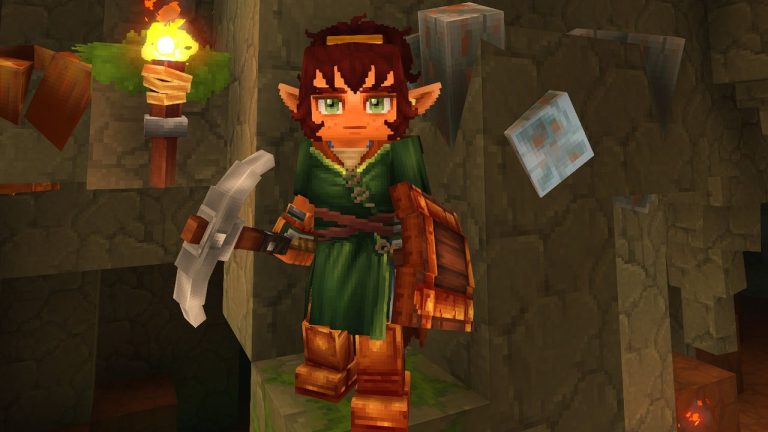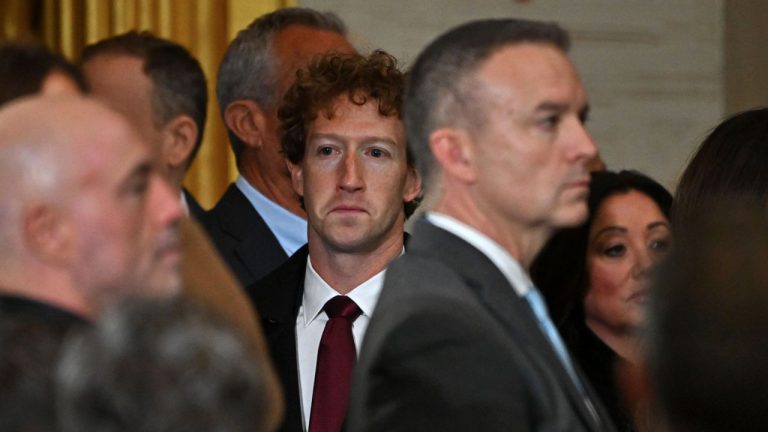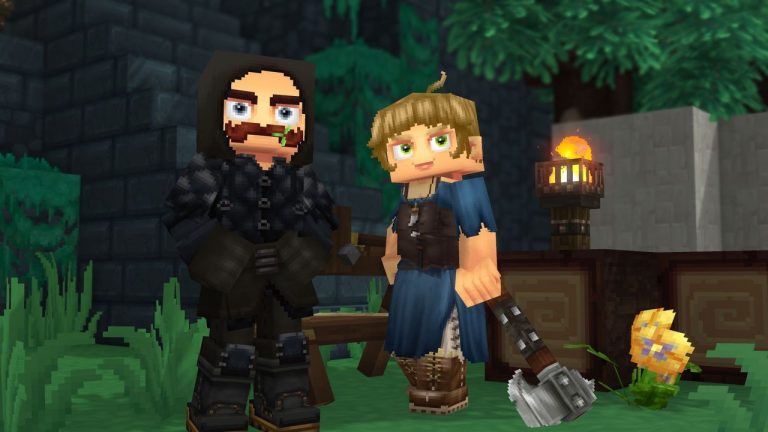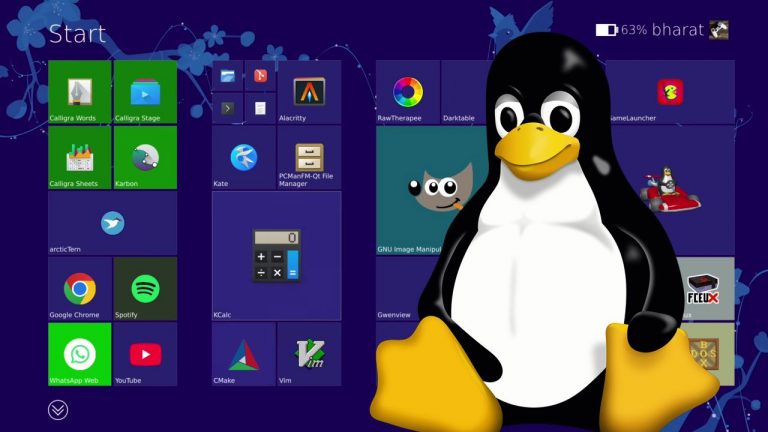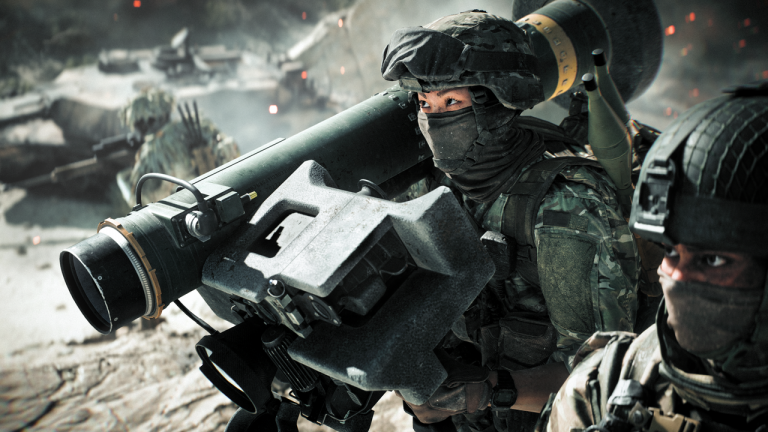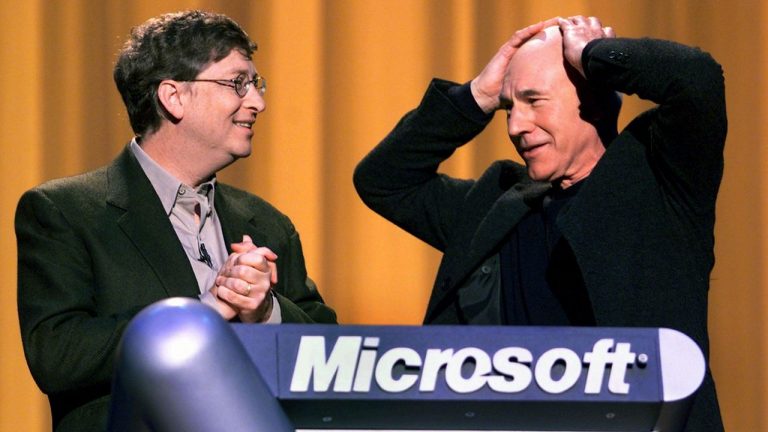If you’ve played a Bethesda RPG in the past decade you’ve seen plenty of Nate Purkeypile’s work. The developer worked as a world/lighting artist on Fallout 3, Fallout 4, and Skyrim, was lead artist on Fallout 76, and designed several iconic locations like Diamond City, Little Lamplight, and Paradise Falls.
Purkeypile also worked on Starfield as lead lighting artist and senior world artist, but left Bethesda in the midst of the space RPG’s development to found his own studio, Just Purkey Games—because he’s now essentially a solo dev. His first game, The Axis Unseen, is looking great so far, a heavy metal bowhunting horror game that plays like if you made a whole game out of Skyrim’s stealth archer playstyle.
Today Purkeypile posted a trailer for The Axis Unseen on Reddit (embedded below), and opened up a little about not just why he left Bethesda, but why he left during the development of Starfield specifically.
“I know a lot of people have thoughts on Starfield and how it is probably too big, should have been smaller,” Purkeypile said. “I agree with a lot of that and while I enjoyed working at Bethesda a lot when we were about 65-110 people on Fallout 3 and Skyrim, I enjoyed it a lot less as it grew and grew.”
Purkeypile said the number of developers at Bethesda during Starfield’s development had exploded since its Skyrim and Fallout days. “Starfield was about 500 people or so and with four different companies involved (BGS, BGS Austin, BGS Dallas, BGS Montreal), and that’s not including outsourcing.
“This just wasn’t my style,” he said. “There were so many meetings and it wasn’t the way I liked to build games.”
This isn’t the first time we’ve heard about how Bethesda’s growth over the years has caused issues for some of its team members. As we learned earlier this year from former Bethesda developers Will Shen (Starfield’s lead quest designer) and Daryl Brigner (Fallout 76 lead level designer), Bethesda’s size could make it tough to coordinate with other developers, or even know who your boss was.
“It’s more difficult than ever to know who does what, who you’re supposed to report to,” Brigner said at GDC in March of 2024. Shen agreed, saying “every department is scrambling for resources and saying ‘no’ to collaboration requests,” and even minor requests were complicated: “Asking for something as simple as a chair wasn’t so simple. Do you need animations for it? Do you need sound effects for it? How much does that add to the schedule, can it not fit because one of those teams does not have the time?”
Purkeypile quit Bethesda in 2021 in the midst of Starfield’s development. “I always loved indie games and I figured, if I didn’t do it now, I maybe never would,” he said. Using Unreal 5, he created The Axis Unseen, a world that is “not procedural, but 100% hand-built. The map is about 5x the size of Skyrim, but I tried something smaller and it didn’t work very well.”
Ted recently got his hands on a demo and is pretty stoked for the full game. “Everything looks like heavy metal album art in The Axis Unseen, a world of cryptic sandstone statues and giant skeletons lurching out of the ground,” he said. You can try the demo for yourself on Steam, and check out the trailer below.

